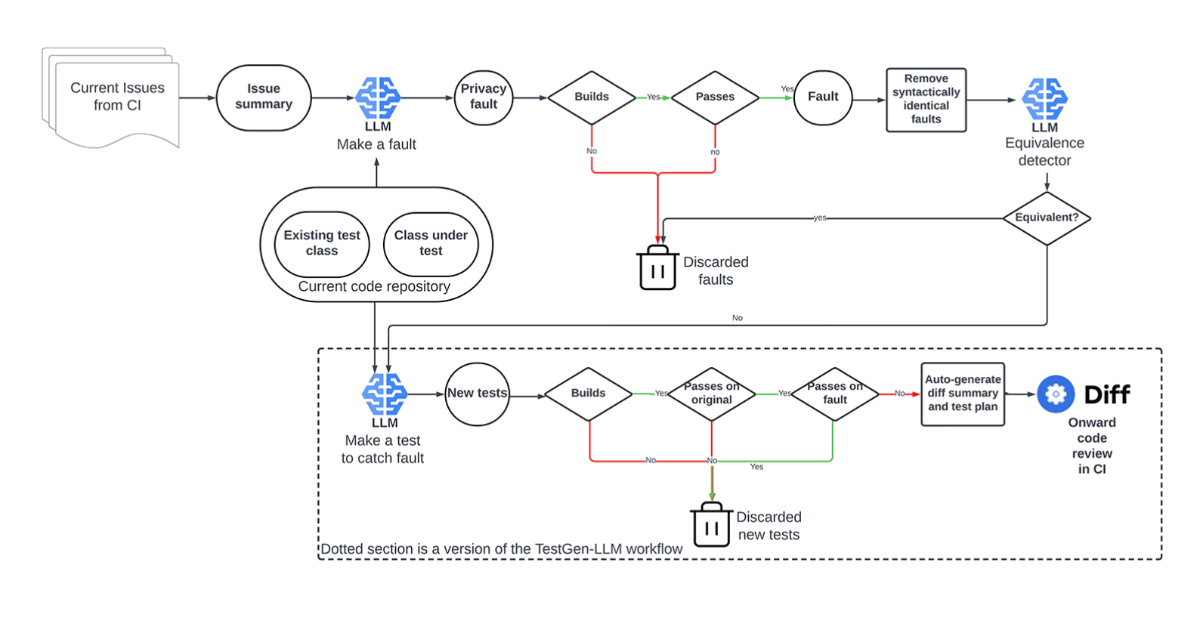Codetown
Codetown ::: a software developer's community
The IETF - Internet Engineering Task Force
What do you think of when you think about the IETF? Are you clear about what it is? Have you ever wanted to attend a meeting? Well, your big chance is right around the corner because the IETF is meeting in Prague next month. Prague is where the Velvet Revolution occurred. The Good Soldier Sviek hung out there. And, some of the best software in the world comes from Prague.
There's Charles University, the Charles Bridge, and one of the coolest transportation systems around.
"The Internet Engineering Task Force (IETF) is a large open international community of network designers, operators, vendors, and researchers concerned with the evolution of the Internet architecture and the smooth operation of the Internet. It is open to any interested individual. The IETF Mission Statement is documented in RFC 3935.
The actual technical work of the IETF is done in its working groups, which are organized by topic into several areas (e.g., routing, transport, security, etc.). Much of the work is handled via mailing lists. The IETF holds meetings three times per year.
The IETF working groups are grouped into areas, and managed by Area Directors, or ADs. The ADs are members of the Internet Engineering Steering Group (IESG). Providing architectural oversight is the Internet Architecture Board, (IAB). The IAB also adjudicates appeals when someone complains that the IESG has failed. The IAB and IESG are chartered by the Internet Society (ISOC) for these purposes. The General Area Director also serves as the chair of the IESG and of the IETF, and is an ex-officio member of the IAB.
The Internet Assigned Numbers Authority (IANA) is the central coordinator for the assignment of unique parameter values for Internet protocols. The IANA is chartered by the Internet Society (ISOC) to act as the clearinghouse to assign and coordinate the use of numerous Internet protocol parameters.
The IETF Standards Process is described in The IETF Standards Process (see also RFC 2026).
New participants in the IETF might find it helpful to read Getting Started in the IETF and The Tao of the IETF, (also available as RFC 4677). First-time attendees may also want to visit the Education (EDU) Team Web site where information and presentations on IETF roles and processes are available." fromhttps://www.ietf.org/about/
Photo of Prague from https://www.ietf.org/meeting/93/images/prague.jpg
Notes
Welcome to Codetown!
 Codetown is a social network. It's got blogs, forums, groups, personal pages and more! You might think of Codetown as a funky camper van with lots of compartments for your stuff and a great multimedia system, too! Best of all, Codetown has room for all of your friends.
Codetown is a social network. It's got blogs, forums, groups, personal pages and more! You might think of Codetown as a funky camper van with lots of compartments for your stuff and a great multimedia system, too! Best of all, Codetown has room for all of your friends.
Created by Michael Levin Dec 18, 2008 at 6:56pm. Last updated by Michael Levin May 4, 2018.
Looking for Jobs or Staff?
Check out the Codetown Jobs group.
InfoQ Reading List
Presentation: How to Build a Database Without a Server

Alex Seaton discusses the architecture of ArcticDB, a high-performance Python/C++ library that replaces traditional database servers with a thick-client model. He explains how to achieve atomicity on object storage through bottom-up writes and shares deep insights into conflict-free replicated data types (CRDTs). He also explores the pitfalls of clock drift and distributed locking.
By Alex SeatonMeta Applies Mutation Testing with LLM to Improve Compliance Coverage

Meta applies large language models to mutation testing through its Automated Compliance Hardening system, generating targeted mutants and tests to improve compliance coverage, reduce overhead, and detect privacy and safety risks. The approach supports scalable, LLM-driven test generation and continuous compliance across Meta’s platforms.
By Leela KumiliDeepSeek-V3.2 Outperforms GPT-5 on Reasoning Tasks

DeepSeek released DeepSeek-V3.2, a family of open-source reasoning and agentic AI models. The high compute version, DeepSeek-V3.2-Speciale, performs better than GPT-5 and comparably to Gemini-3.0-Pro on several reasoning benchmarks.
By Anthony AlfordSlack Enhances Chef Infrastructure to Improve Safety and Reduce Blast Radius in Deployments

Slack's engineering team has published an in-depth look at recent improvements to its Chef-based configuration management system, aimed at making deployments safer and more resilient without disrupting existing workflows.
By Craig RisiPodcast: 2025 Key Trends: AI Workflows, Architectural Complexity, Sociotechnical Systems & Platform Products

In this end-of-year panel, the InfoQ podcast hosts reflect on AI’s impact on software delivery, the growing importance of sociotechnical systems, evolving cloud realities, and what 2026 may bring.
By Daniel Bryant, Renato Losio, Srini Penchikala, Thomas Betts, Shane Hastie
© 2026 Created by Michael Levin.
Powered by
![]()
You need to be a member of Codetown to add comments!
Join Codetown